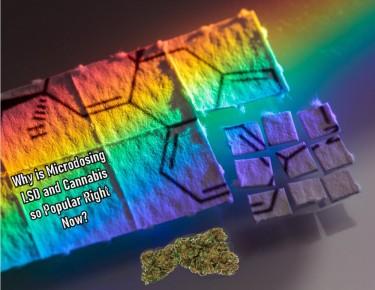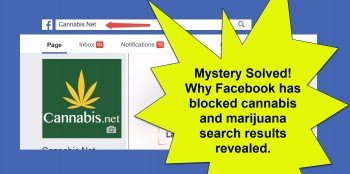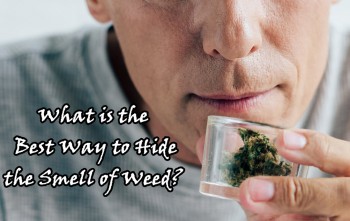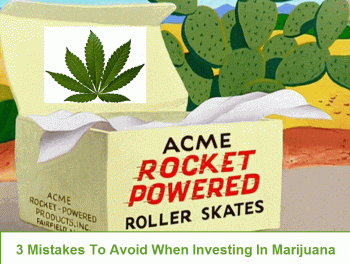A new study confirms LSD usage has increased in the last decade, even more in the past year. The research carried out by scientists at the Mailman School of Health and Irving Medical Center, Columbia University, found that the increase has been growing gradually since 2015 among youths aged 26 and older. The study also shows that hallucinogen use among teenagers between ages 12 and 17 has reduced.
In 2019 alone, the total LSD use rate across all populations increased from 0.9 percent to 4 percent. (An all-time high in two decades).
Overview of Hallucinogens
Hallucinogens are substances that significantly distort reality by altering the user's perception and thought processes. These drugs have a very different impact on perception than many other drugs. Many believe that these medications' effects can lead to new or even extended states of consciousness. Some people genuinely suffer synesthesia, where they experience mixed sensory reactions, such as seeing sounds or hearing colors). These medicines can also cause hallucinations, changed perceptions of time, and psychotic experiences, which include a lack of connection to one's body or environment.
Most psychoactive drugs classified as Schedule I in the United States are hallucinogens, including "typical" psychedelics like LSD. Using these substances carries a risk of adverse side effects like anxiety reactions, confusion, acute hallucinations, and a protracted feeling of fear and dread.
There is a higher chance of harmful autonomic, endocrine, cardiovascular, and neurological consequences from hallucinogens like Acid, Mdma, and a few others, such as raised blood pressure, heart rate, decreased appetite, tremors, and convulsions. While LSD and ecstasy have adverse side effects similar to PCP's, PCP is believed to be one of the most deadly hallucinogens and is known to generate violent and hostile actions that may inflict trauma.
Latest Stats on LSD Use In America
This is the first time a rigorous statistical analysis of patterns in the frequency of LSD usage overall and by age bracket during the last 20 years is presented in this study. The peer-reviewed journal Addiction posts the results online.
The authors investigated information from the National Survey on Drug Use and Health (NSDUH) for respondents 12 years of age and older from 2002 to 2019 to estimate trends in hallucinogen consumption in the general U.S. population. The authors concluded that, in 2019, at least 5.5 million people in the U.S. used hallucinogenic drugs. This shows an increment from 1.7 percent of people aged 12 and over in 2002 to 2.2 percent in 2019.
From 2002 to 2019, LSD use grew nationwide and across all age categories, with the percentage for those aged 18 to 25 growing from 0.9 percent in 2002 to 4 percent in 2019. Between 2002 and 2019, PCP consumption declined, and since 2015, MDMA use has also dropped.
One of the Lead Authors, postdoctoral fellow Ofir Livne, MD, MPH, of the Columbian Mailman Department of Epidemiology, added that the incidence of 12-month LSD usage grew considerably among respondents aged 12 to 17 between 2002 and 2019. However, across all age categories during 2002–14, there was a much less severe risk for frequent LSD use.
Livne noted that there are still considerable uncertainties regarding safe LSD use, and there is an indication of possible side effects even with medically supervised use. She stressed that this demands attention. The rate at which scientific research implying benefits from using specific hallucinogens across a set of cognitive areas is being published is on the rise.
According to Deborah Hasin, Ph.D., psychiatry professor of epidemiology at the Columbia University Irving Medical Center and senior author, their findings which indicate an upward trend in 12-month LSD usage, overall and by age, reflect similar results of a downward trend in the public's perception of hallucinogens as harmful. She added that the use of some hallucinogens may have risen in recent years due to various factors like changes in risk perception, availability of newer drugs, and expectations of the positive effects of microdosing.
Looming Psychedelic Revolution
Given recent happenings, experts believe there could be a psychedelic revolution looming as commercialization and policies are starting to favor LSD use. Because of this, co-author Hasin believes that scientists, healthcare professionals, and lawmakers should pay more attention to the increasing rates of unmonitored hallucinogen consumption among the general populace. Hasin stressed that excessive use of Hallucinogens (psychedelics and LSD) could threaten the public. Hence, lawmakers must put preventive measures in place to regulate these drugs.
Similar Research
In July 2020, Andrew Yockey and his team of researchers at the University of Cincinnati published a similar study in the Drug of Alcohol Dependence journal. The study inferred that the number of Americans self-medicating with LSD to cure anxiety, depression, and fatigue was rising at a high rate.
Lead Author Andrew Yockey explained that users consume hallucinogens like LSD to escape daunting and depressing thoughts. While it is considered a therapeutic mechanism, unhealthy LSD use could be the worst. This study analyzed LSD use trends and patterns from 2015 to 2020. And they found that consumption increased exponentially in 2020. The study showed that people aged between 26 and 49 used LSD the most.
Although the number of Americans using LSD annually is still not up to 1% of the total population, it doesn't negate that its use should be curbed or regulated as soon as possible. Not everyone thinks LSD use could be detrimental to the public. According to Pat Aussem, associate vice president for consumer clinical content development at the Partnership to End Addiction, hallucinogens (if researched and developed thoroughly) could be a beneficial treatment for specific mental conditions.
Last Words
Clinical trials on MDMA are still being conducted to treat PTSD in the interim. Aussem noted that the FDA is expected to regulate it by 2023. This shows that hallucinogens may be effective for some people, but not everyone and they carry hazards when used for certain diseases.
Until major clinical trials are conducted to prove that hallucinogens are effective treatments for mood disorders, we advise you against using these drugs if you have a personal or family history of psychosis, schizophrenia, bipolar illness, or suicidal ideation, as well as heart conditions or seizures.








